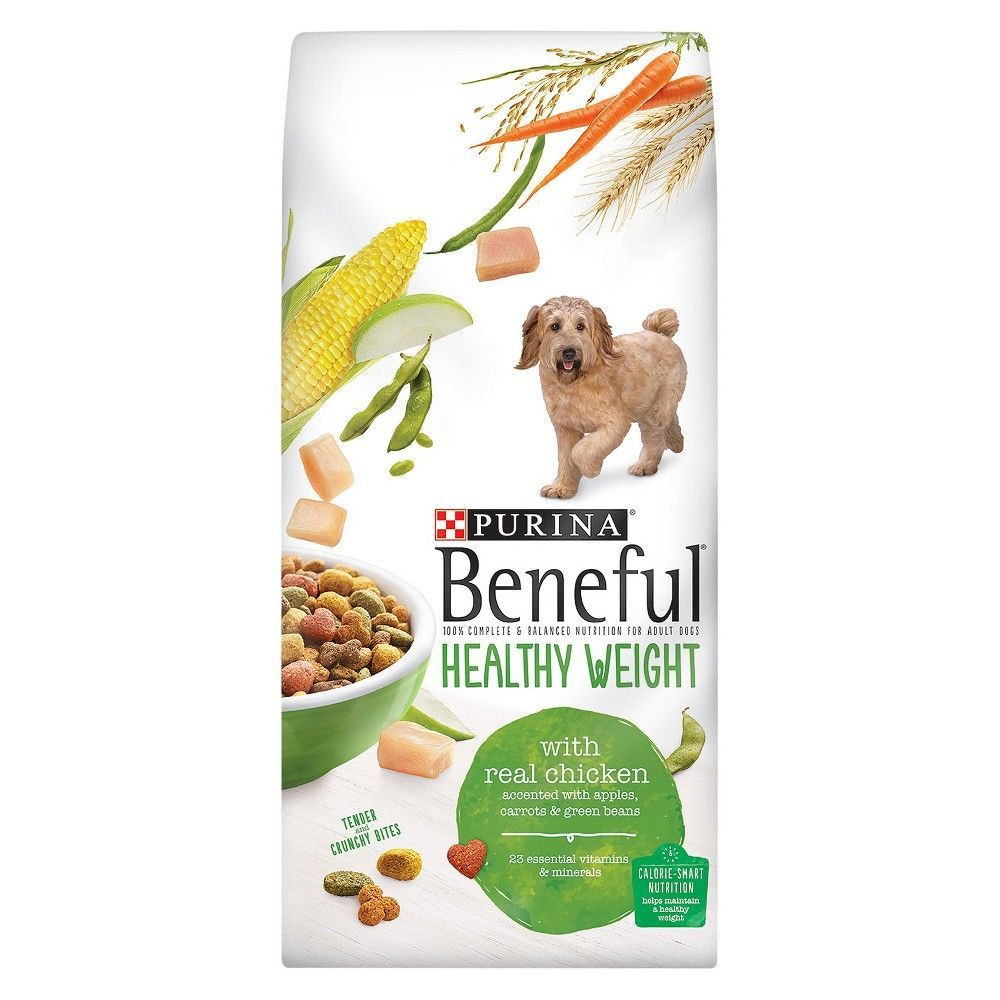
Tools like the MER multiplier table on the web provide estimates, but every dog’s metabolism is different, so be sure to keep monitoring your pet’s weight. You can then factor in a metabolic energy requirement (MER), depending on things like health and whether they’re spayed or neutered.Īsk your veterinarian about the MER and calculating and determining how your dog can lose weight safely.


Take your dog’s weight in kilograms, multiply by 30, and add 70 (or, take their weight in pounds, divide by 2.2, multiply this figure by 30, and add 70). You might start by consulting the guide published by the Association for Pet Obesity Prevention.įor at-home calculating, you can use the Resting Energy Requirement (RER) formula. “We start by determining, OK, how many calories should you be feeding?”Īs a starting place, there are also many tools online to provide rough feeding guidelines based on weight and breed. “We take a couple of things into consideration-we look at body condition score, we look at muscle condition score, we look at lifestyle, and any concurrent medical conditions,” Dr. When it comes to determining the ideal caloric intake, it’s important to consider a number of factors. So, if your pet is spayed or neutered, and not particularly active, you can already be overfeeding by 20 or 30% or more. “Spaying or neutering, for example, reduces energy requirement by 20 to 30%,” he says. The feeding guidelines on pet food packages, says Ward, are based on active adult dogs for all life stages. Standard kibble-bag feeding ranges are generally too broad for your dog, and many owners end up over-feeding based on too-generous and too-vague suggested portion sizes, typically measured in cups and scoops. There are many factors that will influence your dog’s dietary needs, including breed, size, activity level, and whether they’re spayed or neutered. It’s not a good idea to rely on the feeding guidelines on the average pet food package. This means determining the number of calories your dog needs every day. But when it comes to the long-term management of your dog’s weight, it’s essential to establish a concrete benchmark for how much to feed. Humans may or may not choose to count calories as a guide for what they’re eating, with some opting for other methods of keeping to a healthy regime (Do my pants fit? Great!). Get Specific With How Much You’re Feeding So even for active dogs, it’s important to establish clear guidelines for daily caloric intake. “Weight loss for humans and dogs is 60-70% diet and 30-40% exercise.”įor dog owners who have active lifestyles, it’s easy to overestimate the impact of physical activity on weight maintenance. “Weight loss begins and ends at the food bowl for dogs and cats,” Ernie Ward, DVM, and founder of the Association for Pet Obesity Prevention (APOP), tells us. And for a dog owner trying to manage or reduce their dog’s weight, food is most important by far.

The Food Factorįor dogs, as for humans, losing weight really comes down to two things: food and exercise. Now what? Here are some vet-approved tips for helping your dog safely shed excess pounds and keeping them in good condition. If you’re answering “no” for all three, there’s a good chance your dog needs to lose weight. Does your dog have an hourglass shape when you stand behind them and look at them from above?.You can seek your vet’s counsel on your dog’s ideal weight, but a quick way to assess good canine condition at home is to ask:

Just a few pounds can make a big difference. When it comes to preventing dog obesity, or even the slow creep of excess pounds, simple awareness-knowing what your dog’s weight should be, and keeping on top of any fluctuations-is the first step. In the U.S., 56% of dogs are overweight or obese, and that excess weight is tied to an astonishing array of health problems. This Is a Paid Advertisement for The Farmer’s Dog


 0 kommentar(er)
0 kommentar(er)
